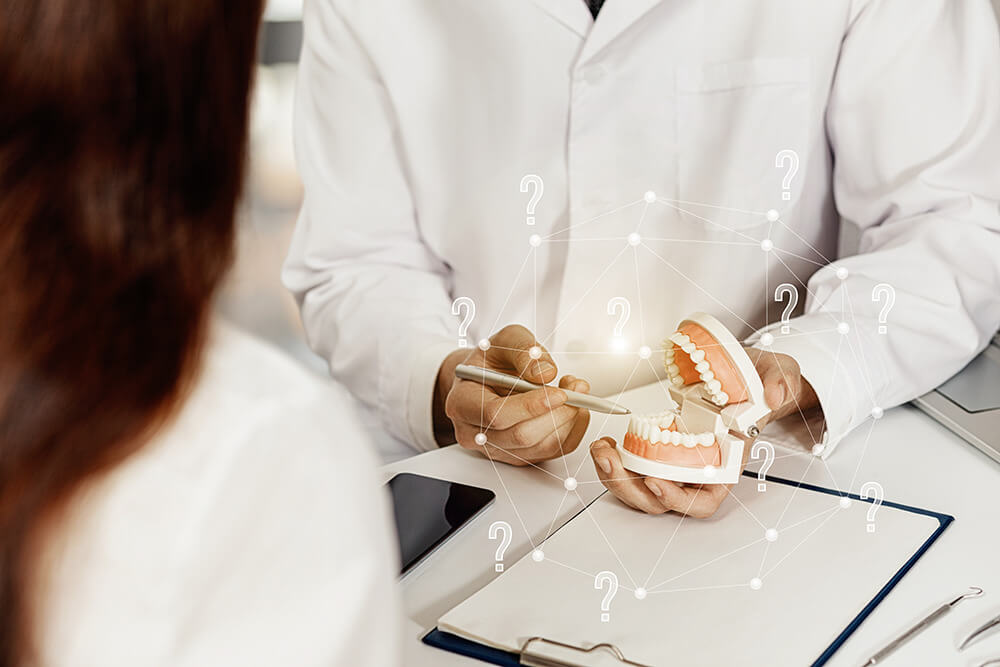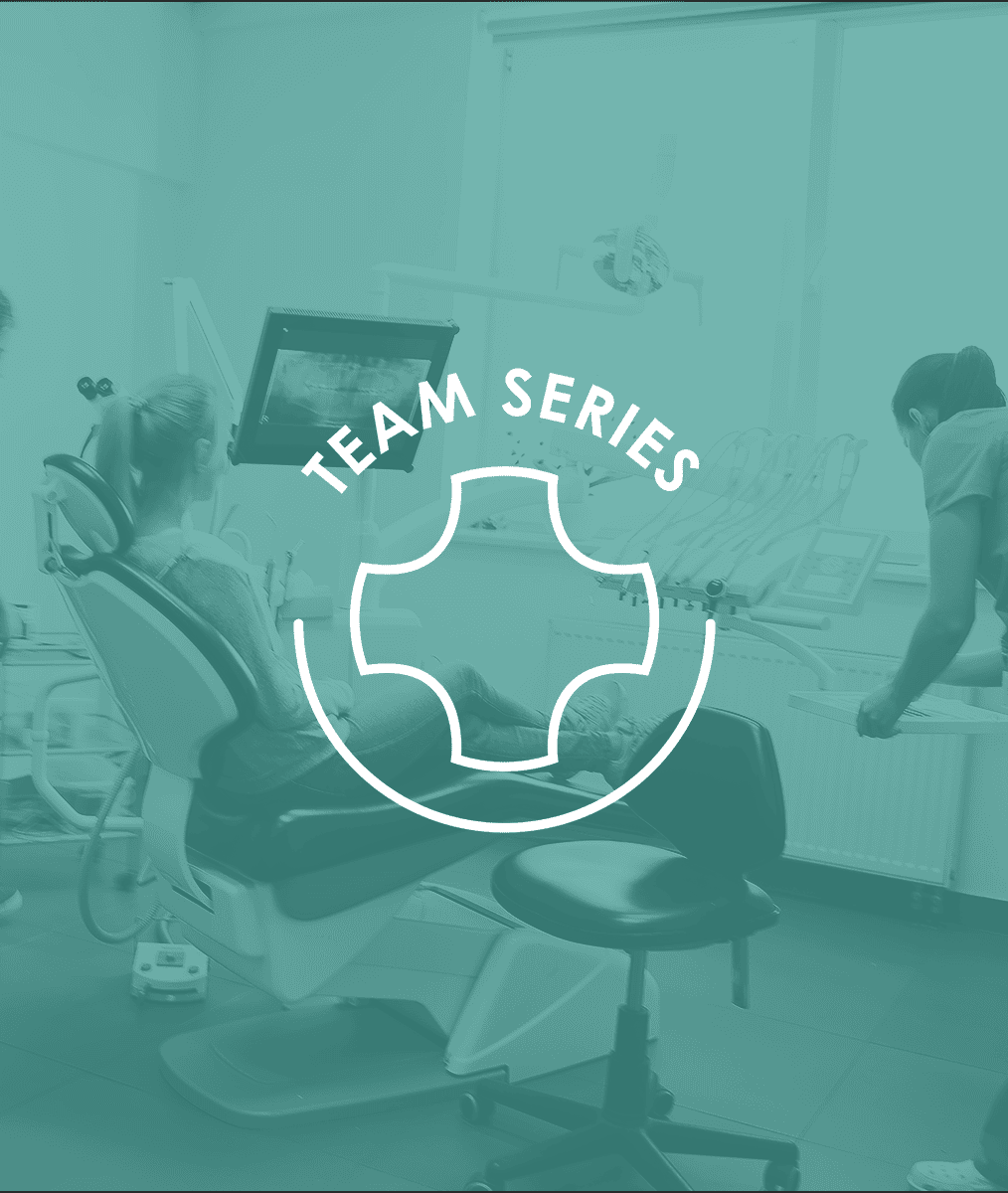
Staying in the Question – Part 1
The art of helping our patients develop ownership of their present condition and their desires for their dental health is built on the foundation of listening. But much of the time, we do all the talking and provide all the information.
Several years ago, my friend and I were coaching a young hygienist when her patient asked how she could get her teenage son to spend more effort caring for his teeth. I was ready to dazzle them with all the tips I had learned over my 20+ years in Hygiene but my friend Linda cautioned us to “stay in the question.” She was curious to know what the mother in the chair was really asking. That was the first time I became aware of the concept of staying in the question.
The model I learned in my clinical training—the model of teach and tell, really isn’t enough to help patients make choices about their dental care. And over the years, I learned that when I assumed I knew what a patient meant by a question and gave information I thought they wanted… I was wrong. My assumptions got in the way of my ability to really help my patients.
Are our patients asking for help or for information?
When I learned to combine the ability to stay in the question with my knowledge about dental health and dental care, all my conversations became a bit easier. I have come to realize that that mother with a teenage son, like so many of our patients, was asking for HELP but not information.
Today I can think of several questions I might have asked that mom before I jumped in to giving her information. I might have asked, “Well, what have you tried so far?” Or I might have asked, “What motivates your son in other areas of his life?” I might have asked, “What is he doing to care for his teeth?” I might have asked all those questions but asking even one of those questions, might have enabled me to better help.
Sometimes asking just one question before offering information is enough to open the door to real learning.
Staying in the question is both a skill and an attitude.
We need to skillfully ask authentic questions that are not designed to manipulate people into doing what we want them to do. If the questions help us understand our patients better, they are authentic questions. If the questions help them talk through and move through any barriers they perceive, they are authentic questions. If the questions open their minds to possibilities, they are authentic questions.
But staying in the question is not just about asking questions. It’s about an attitude of curiosity, of coming to the conversation with a desire to know more. It’s about releasing the attitude that we know everything we need to know to help the patient move forward.
Staying the question requires a genuine belief that our patients have information that we need to help them better.
Related Course
The Pankey Administrative Team: Inspiring front office excellence
DATE: January 9 2026 @ 8:00 am - January 10 2024 @ 2:00 pmLocation: The Pankey Institute
CE HOURS: 16
Regular Tuition: $ 2250
Single Occupancy Room with Ensuite Bath (Per Night): $ 355
Front office systems for a Pankey-trained dentist hold very specific differences compared to a typical dental office. Learning how to differentiate your practice begins and ends with the people that…
Learn More>






